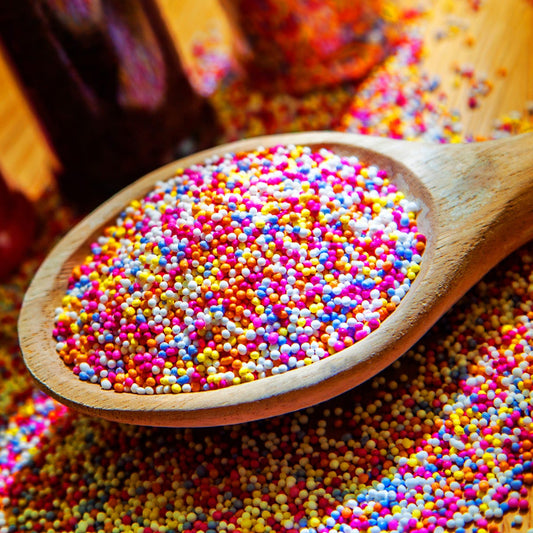Enter Your Email Address
Popular Products
1 Million Type - "Eminent One"
A luxurious masculine aroma headlining blood orange and the spice of nutmeg and clove with a bold leather and woody base. Top Notes: Blood Orange Grapefruit Middle Notes: Nutmeg Clove Base Notes: Leather White Wood Properties Candle Use YES max usage: 10% Body Use...
100's & 1000's available from LUXAROMA.COM
100's & 1000'a now available direct from Luxaroma Fragrance House Shop now Bring back those childhood memories of birthdays and fairy bread. Deliciously fruity and buttery with lemon and orange on top buttercream and coconut filling up the middle and a vanilla sugar and musk...
50 Shades Type*
Sexy and alluring 50 Shades is a powerful seductive scent which will send your senses into overdrive. A masculine aftershave type fragrance with sharp notes of bergamot and cedar wood coupled with warm leather and musk base notes. Top Notes: Bergamot mandarin green apple...
Absinthe
The essence of the "The Green Fairy" alcoholic beverage now captured in fragrance oil. A blend of star anise, fennel, cinnamon, cassia bark and nutmeg blended with fresh green herbal notes and the added base notes of amber and assorted woods. Top Notes: Lemon,...
Common issues in candle making and how to fix them!
Frosting
Frosting is a byproduct of a natural wax, and is caused by the growth of tiny crystals on the surfaces of the wax. All soy wax will frost over time, but luckily frosting is solely an aesthetic issue and does not affect the way your candle burns or smells. This is more common in pillar candles and wax melts.
Fix: preheat your glassware, try pouring at a lower temperature, ensure the room you’re pouring your candles in isn’t too cold.
Wet Spots
Commonly referred to as ‘wet spots’, these spots on the side of your candles are actually where the wax has pulled away from the side of the container. This happens when some areas cool faster than others, causing it to contract away from the side of the container. Wet spots do not affect the performance of your candle and can be hidden by using tins, coloured glassware or even a label.
Fix: To prevent wet stops, ensure your glassware isn’t too cold or preheat your glassware, and place your candles away from draughts when cooling.
Tunnelling
Tunnelling is when the melt pool is too small, meaning the wick burns down leaving a ‘tunnel’ in the candle with lots of wasted wax. This occurs when the wick is too small for a container, or can also occur if on the first burn the wick isn’t allowed to reach the full melt pool. Candles have a ‘memory’ and will only burn as far as the previous melt pool, so it is important to ensure the first burn has sufficient time to reach the edges.
Fix: Try wicking up to suit the container better. First burn always ensure burning to the very edge.
Sink Holes
Sinkholes can sometimes occur when air becomes trapped in wax and the candle sets before the air has been able to work its way to the top of the candle and become released.
Fix: Do a ‘second pour’. You can poke the sink hole if necessary then pour reheated melted wax until you achieve a smooth top. Alternatively, you can use a heat gun to melt the surface and fill the holes.
Mushrooming
Mushrooming is the term to describe a wick that has become a ‘mushroom’ shape from carbon build up. This can occur when the wick is too large for the container, or if the wick has not been trimmed adequately between each burn.
Fix: Size a wick down, and ensure your wick is trimmed before every burn.
Blackened Edges of Glass
Blackened edges of the glass occur due to ‘sooting’, which is when the candle flame produces too much smoke. This occurs when the wick is too large for your container.
Fix: Try wicking down or trimming your wick between burns.
Large Flickering Flame
A large flickering flame suggests that the wick is too large for the candle.
Fix: Try wicking down.
Lorem De Dorus
Fragrance oil leaching when wax is overloaded with fragrance oil or fragrance oil isn’t sufficiently blended.
Fix: Try stirring for longer, or a lower fragrance load.

Secure Shopping
Safe and secure transactions when you shop with Eroma
Pay In 4
Use PayPal to spread the cost of your purchase

Modern Warehousing
Priority shipping your order to your door
- Choosing a selection results in a full page refresh.

















